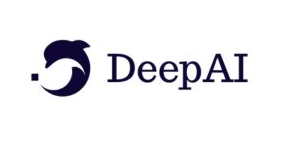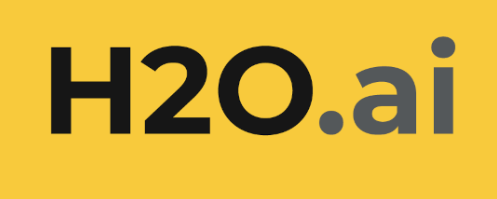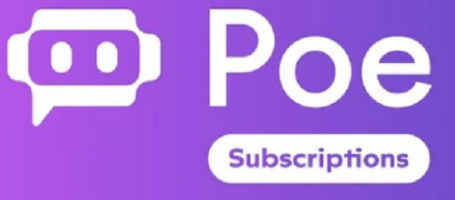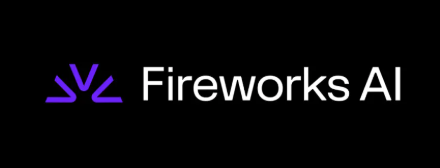When it comes to understanding videos—whether for research, content analysis, or security—AI tools are game changers. But not everyone has a budget for expensive software. Luckily, there are free AI research tools that can help you analyze videos effectively without breaking the bank. If you're looking to dive into video analytics, this guide covers the best 5 free AI research tools that are making waves in 2024.
Why Use AI Tools for Video Analysis?
Video content is more prevalent than ever, from social media clips to security footage. Analyzing these videos manually is time-consuming and often inaccurate. AI tools automate this process, providing insights such as object detection, motion tracking, facial recognition, and scene understanding—all in real time. Plus, many of these tools are free, making them accessible for students, researchers, and hobbyists.
1. Google Cloud Video Intelligence API (Free Tier) — Powerful Video Content Analysis

Google’s Video Intelligence API is a robust AI tool that offers powerful video analysis capabilities. While it’s a paid service, Google provides a generous free tier that allows users to analyze up to 1000 minutes of video per month at no cost.
Features:
Object detection and tracking
Scene change detection
Label detection for identifying objects and actions
Explicit content detection
Details:
This AI tool uses deep learning models trained on vast datasets, allowing researchers to extract meaningful data from videos effortlessly. Its API is developer-friendly, supporting integration into custom research workflows.
2. Microsoft Video Indexer — Comprehensive Video Content Insights

Microsoft’s Video Indexer is a free AI research tool that offers advanced video analysis features, including speech transcription, face detection, emotion recognition, and keyword extraction.
Features:
Multilingual speech-to-text conversion
Facial recognition and emotion analysis
Automatic keyword and topic extraction
Content moderation tools
Use Case:
Ideal for researchers studying human behavior, sentiment analysis, or content categorization. It supports integration with Azure, making it scalable for larger projects.
3. OpenCV (Open Source Computer Vision Library) — Custom Video Analysis

OpenCV is a popular open-source library packed with AI-powered tools for video processing. While it requires some programming knowledge, it’s incredibly flexible and powerful for custom research.
Features:
Object detection using pre-trained models like YOLO or SSD
Motion tracking and background subtraction
Facial recognition and feature detection
Real-time video processing
Details:
OpenCV is perfect for researchers who want to build tailored solutions. Its extensive documentation and active community make it easier to learn and implement complex video analysis tasks.
4. Vatic — Open-Source Video Annotation Tool with AI Integration

Vatic is a free, open-source tool designed for annotating videos, which is essential for training AI models. It supports integration with deep learning frameworks like TensorFlow and PyTorch.
Features:
Frame-by-frame annotation
Supports multiple annotators
Export annotations for AI training
Supports integration with AI models for automatic labeling
Use Case:
Great for researchers working on custom AI models for video classification or object detection, helping improve accuracy through precise annotations.
5. DeepAI Video Analytics API — Simplified Video Analysis

DeepAI offers a free API for basic video analysis tasks, including object detection and scene recognition. It’s designed for quick integration and easy use.
Features:
Object detection and classification
Scene recognition
Emotion detection
Why It’s Useful:
Perfect for quick prototyping and small-scale research projects. Its simple API makes it accessible even for beginners.
Summary Table: Top 5 Free AI Research Tools for Video Analysis
| Tool Name | Core Features | Best For | Strengths |
|---|---|---|---|
| Google Cloud Video Intelligence | Object detection, scene change, labels | Content analysis, research | High accuracy, scalable |
| Microsoft Video Indexer | Speech, facial, emotion, keywords | Human behavior, sentiment analysis | Multilingual, detailed insights |
| OpenCV | Custom detection, tracking, facial recognition | Developers, researchers | Fully customizable |
| Vatic | Video annotation and labeling | Training AI models | Precise, collaborative |
| DeepAI Video API | Object and scene recognition | Quick prototyping | Easy integration |
FAQs About Free AI Research Tools for Video Analysis
Q1: Are free AI tools for video analysis reliable?
A1: Absolutely, many free tools like Google Cloud’s free tier and OpenCV are industry-standard and highly reliable for research and analysis.
Q2: Do I need programming skills to use these tools?
A2: Some tools like OpenCV and Vatic require coding knowledge, but others like Microsoft Video Indexer and DeepAI offer user-friendly interfaces.
Q3: Can these tools handle large-scale video datasets?
A3: Yes, especially cloud-based tools like Google Cloud Video Intelligence and Microsoft Video Indexer, which support scalable processing.
Q4: Are these tools suitable for real-time video analysis?
A4: Many, such as OpenCV and DeepAI API, support real-time processing, ideal for live video monitoring.
Q5: Are there privacy concerns when using these AI tools?
A5: Always ensure your data complies with privacy laws. Cloud tools often offer secure processing, but local tools like OpenCV give you more control.








